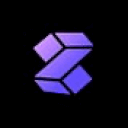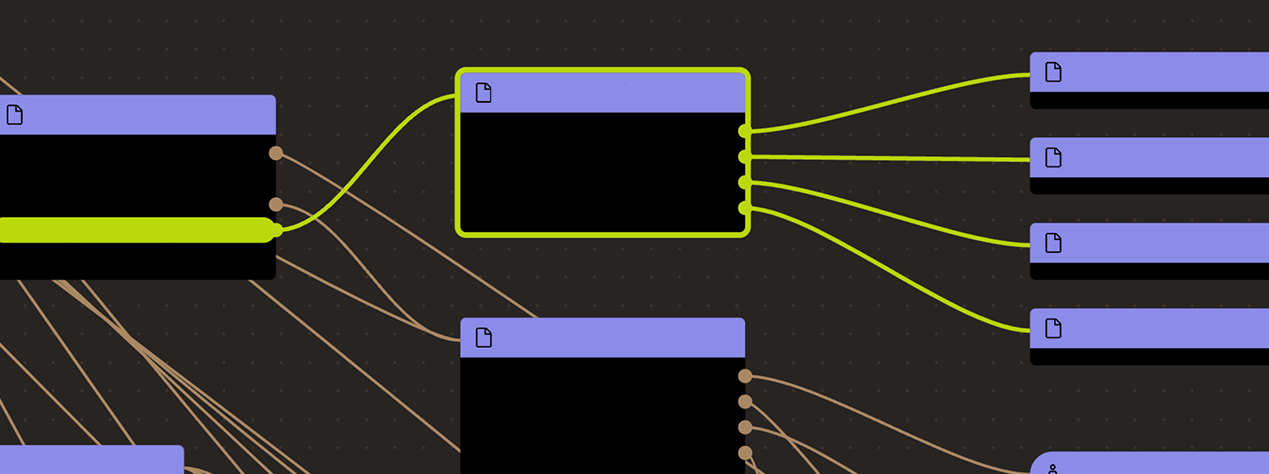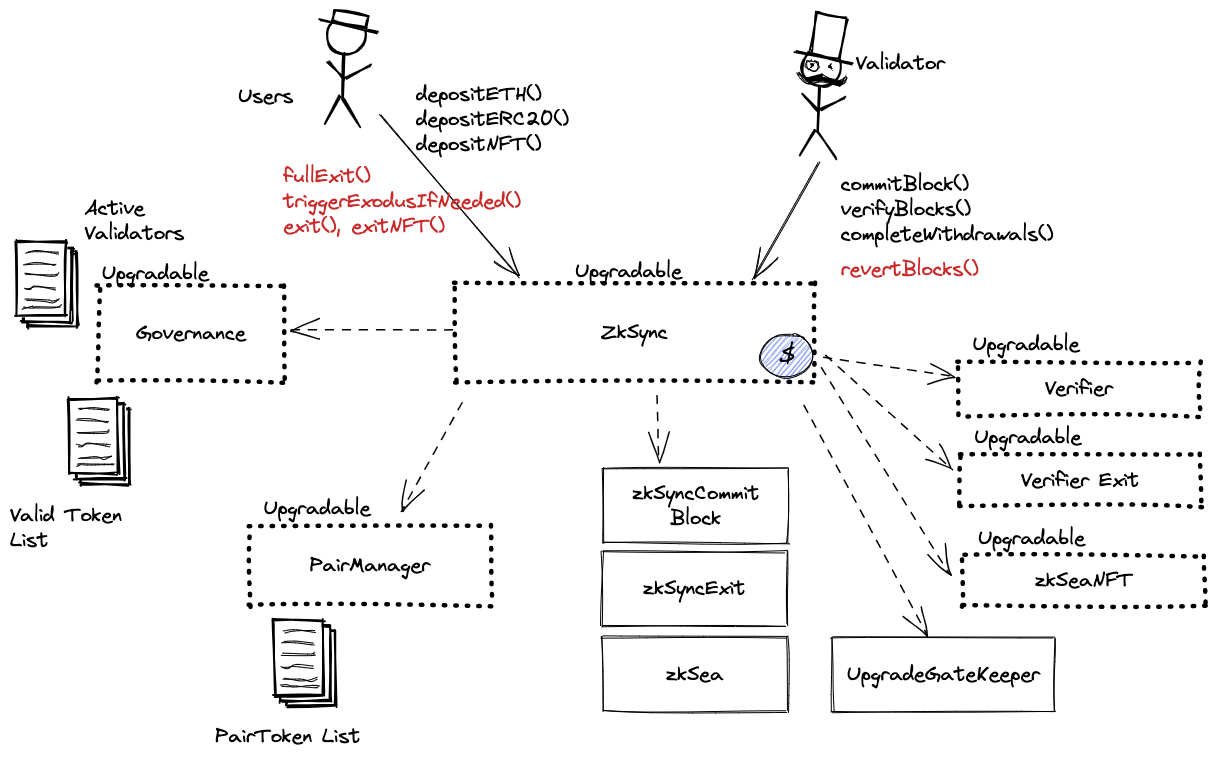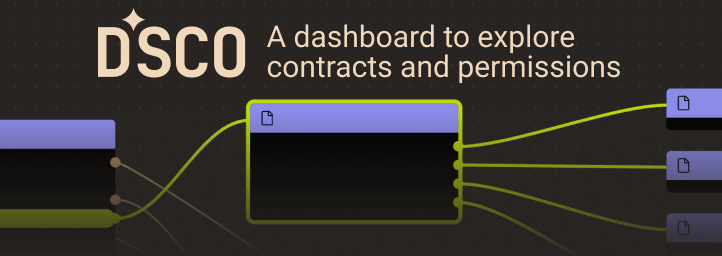Search
Search for projects by name
 ZKBase
ZKBase
Badges
About
ZKBase is an infrastructure protocol based on Zero-Knowledge (ZK) proof technology. It aims to support various projects across the Bitcoin and Ethereum networks.
Badges
About
ZKBase is an infrastructure protocol based on Zero-Knowledge (ZK) proof technology. It aims to support various projects across the Bitcoin and Ethereum networks.
The section shows the operating costs that L2s pay to Ethereum.
2023 May 01 — 2025 Dec 27
This section shows how "live" the project's operators are by displaying how frequently they submit transactions of the selected type. It also highlights anomalies - significant deviations from their typical schedule.
2023 May 01 — 2025 Dec 28
ZKSpace Officially Upgrades to ZKBase
2023 Dec 29th
The ZKSpace team has rebranded to ZKBase.
Token Deposit Campaign started
2022 Feb 21st
Incentives program to onboard new users has started.
Funds can be stolen if
Funds can be lost if
Users can be censored if
MEV can be extracted if
SNARKs are succinct zero knowledge proofs that ensure state correctness, but require trusted setup.
All of the data needed for proof construction is published on Ethereum L1.
Users have 5d to exit funds in case of an unwanted regular upgrade. There is a 8d delay before a regular upgrade is applied, and withdrawals can take up to 3d to be processed.
Users are able to trustlessly exit by submitting a zero knowledge proof of funds.
Rollup operators cannot compromise the system, but being application-specific might bring additional risk.
ZKBase provides the infrastructure for token transfer, swaps and NFT minting. Arbitrary contracts are not supported.
All data required for proofs is published onchain
All the data that is used to construct the system state is published onchain in the form of cheap calldata. This ensures that it will always be available when needed.
Each update to the system state must be accompanied by a ZK proof that ensures that the new state was derived by correctly applying a series of valid user transactions to the previous state. These proofs are then verified on Ethereum by a smart contract.
The system has a centralized operator
MEV can be extracted if the operator exploits their centralized position and frontruns user transactions.
Users can force exit the system
Force exit allows the users to escape censorship by withdrawing their funds. The system allows users to force the withdrawal of funds by submitting a request directly to the contract onchain. The request must be served within a defined time period. If this does not happen, the system will halt regular operation and permit trustless withdrawal of funds.
Users can be censored if the operator refuses to include their transactions. However, there exists a mechanism to independently exit the system.
Forced exit
If the user experiences censorship from the operator with regular exit they can submit their withdrawal requests directly on L1. The system is then obliged to service this request. Once the force operation is submitted and if the request is serviced, the operation follows the flow of a regular exit.
Emergency exit
If the enough time deadline passes and the forced exit is still ignored the user can put the system into Exodus Mode, disallowing further state updates. In that case everybody can withdraw by submitting a zero knowledge proof of their funds with their L1 transaction.
Funds can be lost if the user is unable to generate the non-trivial ZK proof for exodus withdraw.

Ethereum
Actors:
This address is the master of Upgrade Gatekeeper contract, which is allowed to perform upgrades for Governance, Verifier, VerifierExit, PairManager, ZkSeaNFT and ZkSync contracts.
This actor is allowed to propose, revert and execute L2 blocks on L1. A list of active validators is kept inside Governance contract and can be updated by zkSpace Admin.


Ethereum
The main Rollup contract. Operator commits blocks, provides ZK proof which is validated by the Verifier contract and process withdrawals (executes blocks). Users deposit ETH and ERC20 tokens. This contract defines the upgrade delay in the UPGRADE_NOTICE_PERIOD constant that is currently set to 8 days.
- This contract can store any token.
Keeps a list of block producers and whitelisted tokens.
Manages trading pairs.
Contract managing deposits and withdrawals of NFTs to ScalingProject.
zkSNARK Verifier for the escape hatch.
This is the contract that implements the upgrade mechanism for Governance, Verifier and ZkSync. It relies on the ZkSync contract to enforce upgrade delays.
Value Secured is calculated based on these smart contracts and tokens:
The current deployment carries some associated risks:
Funds can be stolen if a contract receives a malicious code upgrade. There is a 8d delay on code upgrades.
